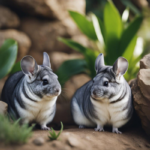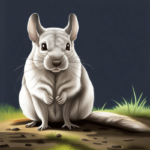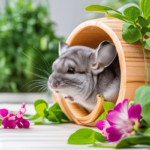Taking care of a chinchilla is not just a responsibility; it’s a delightful journey into the world of these charming, furry creatures. If you’ve found yourself asking, How To Take Care Of A Chinchilla,
you’re in the right place. This guide will walk you through everything you need to know to ensure your chinchilla leads a happy and healthy life.
Getting Acquainted: How To Take Care Of A Chinchilla
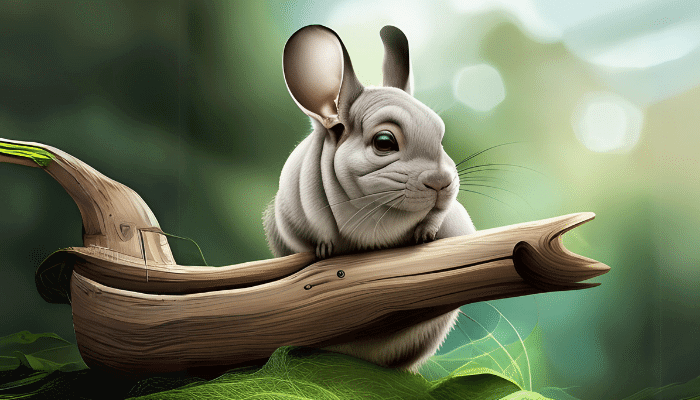
Understanding Chinchilla Behavior
Chinchillas are not your average pets; they have unique behaviours that require careful observation. From their playful hops to their dust baths, each action communicates something about their well-being. Wondering what it means when your chinchilla starts binkying around the cage? It’s often a sign of sheer joy!
Creating a Safe Haven
Chinchillas need a secure environment. Provide a spacious cage with platforms, ledges, and a hiding spot. Be cautious with wires, as these little explorers may chew on anything in their path. Incorporating safe chew toys can redirect their chewing instincts and keep them engaged.
The Essentials of Chinchilla Nutrition
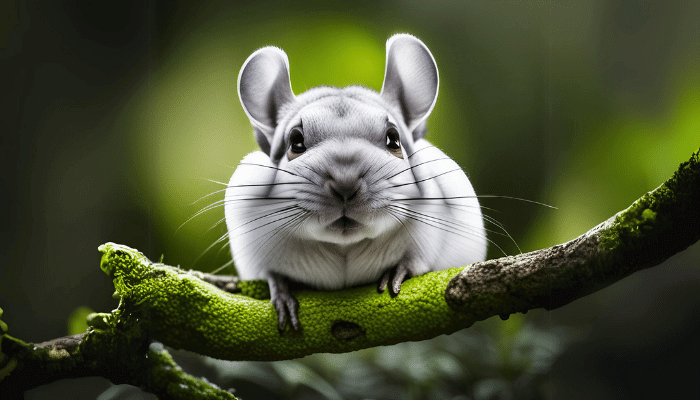
Balanced Diet for Optimal Health
The cornerstone of chinchilla care is a well-balanced diet. Ensure a diet rich in high-quality hay, pellets, and occasional treats. Timothy hay, in particular, aids in digestion and prevents dental issues. Keep an eye on their water intake and make fresh water available at all times.
Snacking Right
Chinchillas love treats, but not all treats are created equal. Avoid sugary or fatty treats; instead, opt for dried fruits or chinchilla-specific treats sparingly. Moderation is the key to preventing obesity and other health issues.
The Art of Dust Bathing

Why Dust Baths Are Non-Negotiable
Chinchillas have a unique bathing ritual—they roll in dust to maintain their fur’s health. This seemingly quirky behavior is essential for removing excess oils and preventing fur matting. Provide a dust bath at least 2-3 times a week to keep your chinchilla’s coat in pristine condition.
Choosing the Right Chinchilla Dust
Not all dust is created equal. Invest in high-quality chinchilla dust, specifically formulated to mimic the volcanic ash of their natural habitat. It’s a small detail that makes a big difference in maintaining their fur’s softness and sheen.
Navigating Chinchilla Healthcare
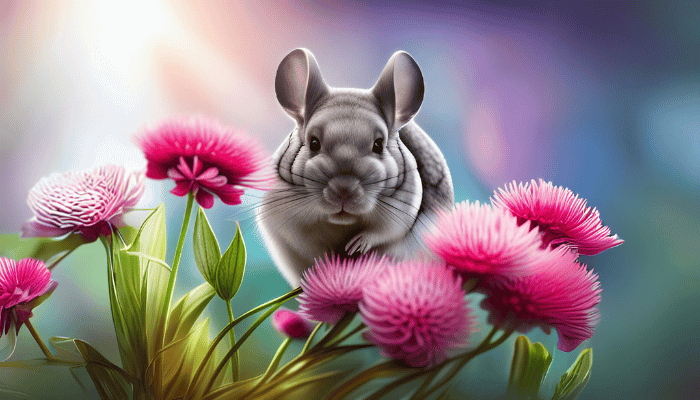
Routine Veterinary Check-ups
Just like any pet, chinchillas require regular veterinary check-ups. Find a vet experienced in exotic pets and ensure vaccinations are up-to-date. Early detection of health issues is crucial, so don’t skip these routine appointments.
Recognizing Signs of Illness
Chinchillas are masters at hiding signs of illness. Keep a keen eye for subtle changes in behavior, appetite, or stool consistency. Prompt attention to these changes can make a significant difference in their recovery.
Cage Maintenance: A Clean Home is a Happy Home
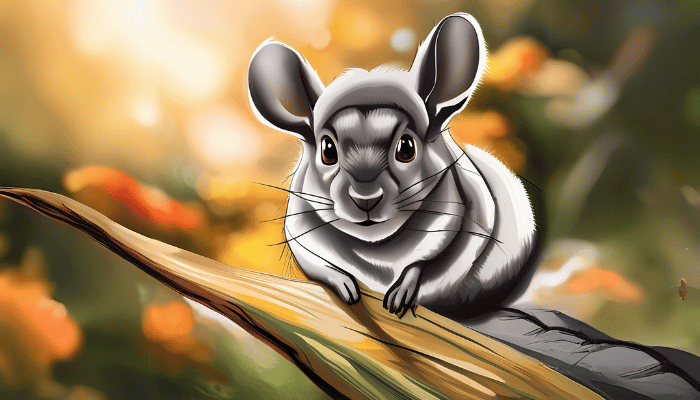
Regular Cleaning Routine
Maintaining a clean cage is paramount for your chinchilla’s well-being. Daily spot cleaning and a thorough weekly cleaning regimen are essential. Remove any uneaten food, droppings, and replace bedding regularly. A clean environment helps prevent respiratory issues and keeps your chinchilla content.
Safe Cage Substrates
Choose bedding wisely. Avoid cedar or pine shavings as they can cause respiratory problems. Instead, opt for safe alternatives like fleece liners or aspen shavings. Providing a comfortable and hygienic living space is one of the best ways to ensure your chinchilla stays healthy.
Socializing and Enrichment

The Importance of Interaction
Chinchillas are social animals, and interaction is vital for their mental well-being. Spend quality time with your chinchilla, allowing them to explore outside the cage in a safe, supervised environment. Gentle petting and talking to them can strengthen the bond between you and your furry friend.
Enrichment Activities
Keep your chinchilla’s mind engaged with enrichment activities. Rotate toys regularly to prevent boredom and consider puzzle feeders to stimulate their problem-solving skills. An entertained chinchilla is a happy chinchilla.
Conclusion
Caring for a chinchilla goes beyond the basics; it’s about creating an environment that mimics their natural habitat. From the right cage setup to a balanced diet and regular interaction, these factors contribute to the well-being of your furry friend.
By understanding their unique needs, you’ll embark on a rewarding journey as a chinchilla owner, creating a bond that transcends the conventional pet-owner relationship. So, the next time you find yourself wondering, “How to take care of a chinchilla?” remember, it’s all about providing love, and attention now and then.
Frequently Asked Questions (FAQs)

How often should I give my chinchilla a dust bath?
Chinchillas should have a dust bath 2-3 times a week to maintain their fur health.
Can chinchillas eat fruits every day?
While chinchillas enjoy fruits, they should be given in moderation to prevent health issues. Stick to small, occasional servings.
What do I do if my chinchilla stops eating?
A sudden loss of appetite is a red flag. Consult your vet immediately to rule out any health issues.
Is it necessary to trim my chinchilla’s teeth?
Chinchillas’ teeth continuously grow. Providing proper chewing outlets like hay helps naturally wear down their teeth, but regular vet check-ups are crucial.
Can chinchillas be housed together?
Chinchillas are social but can be territorial. Housing them together requires careful introduction and monitoring.
Are there specific health signs to watch for in chinchillas?
Yes, keep an eye out for signs like lethargy, labored breathing, or changes in eating habits. Any sudden behavioral changes may indicate a health concern, and prompt veterinary attention is crucial.
Can I bathe my chinchilla in water?
No, chinchillas should never be bathed in water. They clean themselves through dust baths, and water can damage their dense fur.
What’s the ideal cage size for a chinchilla?
A spacious cage with dimensions around 3 feet by 2 feet by 2 feet is suitable for one chinchilla. Larger is always better.
How often should I trim my chinchilla’s nails?
Check your chinchilla’s nails monthly. If they’re too long, consult your vet for proper trimming techniques.
What should I avoid feeding my chinchilla?
Avoid sugary treats and high-calcium foods. These can lead to obesity and kidney problems in chinchillas.
How do I groom my chinchilla?
Regular dust baths help chinchillas groom themselves. Additionally, provide opportunities for them to chew on wooden toys to maintain dental health.



